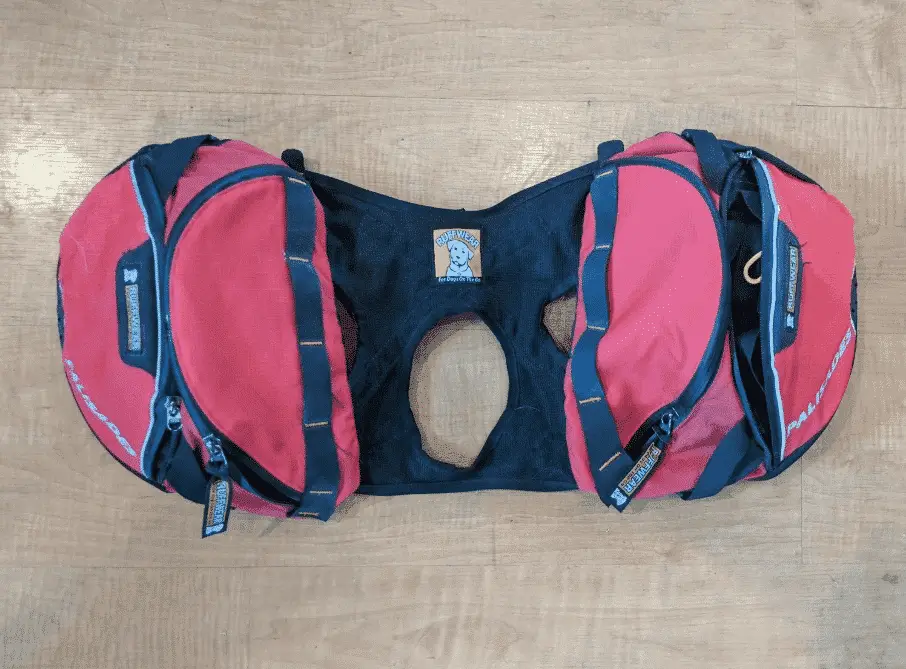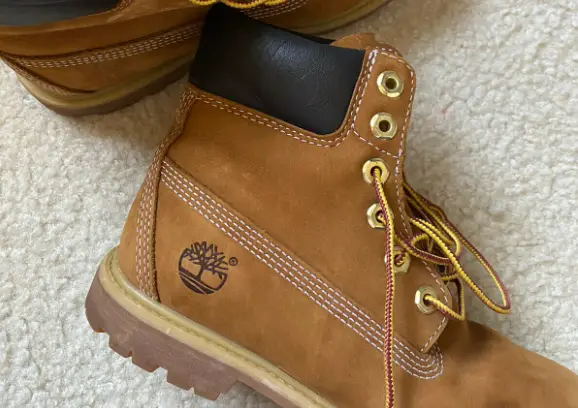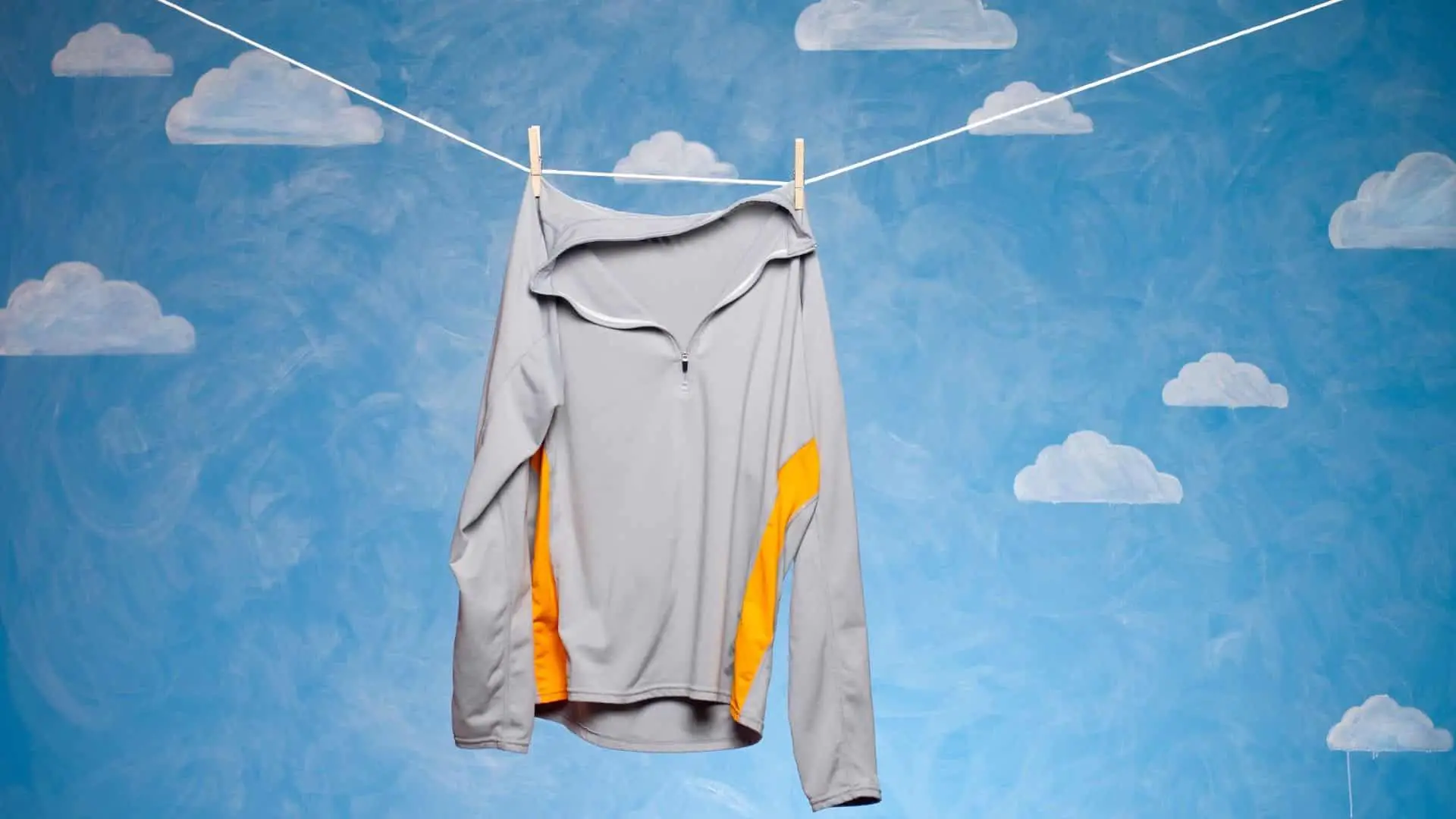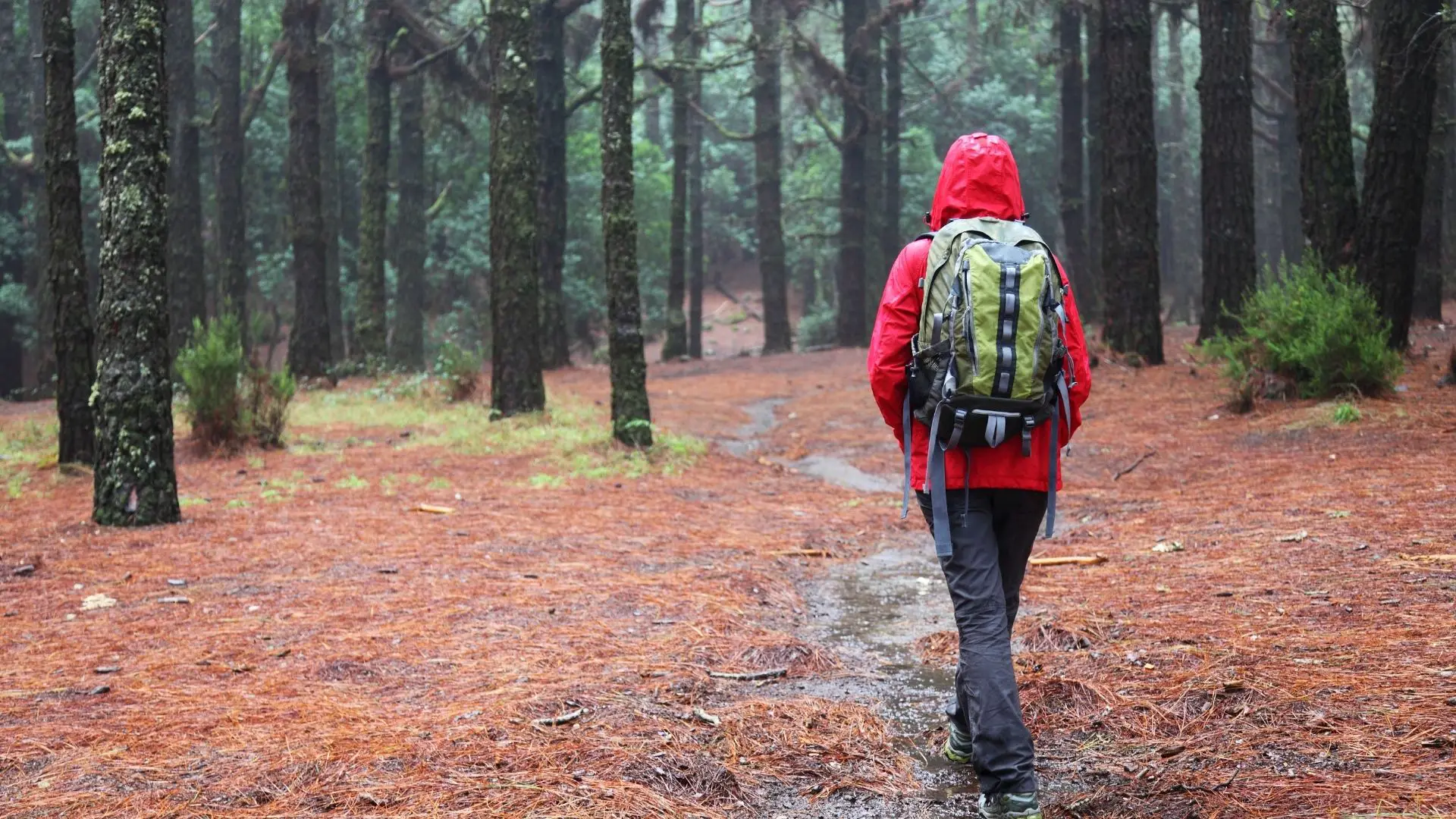It seems like I run into a backpack carrying dog every time I hit the trail. There’s a good reason why dog packs are becoming more common. They allow your dog to carry their own gear reducing your pack weight, but are backpacks safe for dogs?
Yes, backpacks are safe for most young healthy dogs. Before picking up a pack for your dog consider their size, breed, temperament and overall health. Remember that it will take time for dogs to get used to wearing a pack.
Although backpacks are a great choice for most pets you need to look at the overall picture of your dogs health. They should only be used on healthy mature dogs (not puppies and seniors).
Packs Are Safe For Most Dogs!
Generally speaking, backpacks are safe for most dogs. A healthy trail-ready dog will be able to handle a lightweight backpack. Keep in mind that your dog might not be trail ready. Factors that affect trail readiness:
- Age: Packs aren’t designed for puppies and elderly dogs. To prevent injuries limit the pack weight to 10% of the dogs body weight.
- Breed: Larger dogs in the working, sporting and herding breeds will be able to handle more weight in their packs. It probably won’t be worth loading a pack for small dogs under 20lbs(can’t carry much weight). Make sure your dog can handle the exercise before hitting the trail.
- Overall Health: You can’t expect a dog to just hop off the couch and hit the trail with a loaded pack. It takes regular
- Previous Injuries:
Dog’s need regular exercise to stay healthy(just like humans). Daily walks down the sidewalk won’t cut it. It will take weeks/months of regular hiking to get your dog ready for a fully loaded pack. Take it slow and add a little bit of weight each hike.
Getting Your Dog Used to A Backpack
Most dogs will resist carrying a pack at first! It all depends on the dog. Some dogs adjust instantly and others will need encouragement. Take your time and try not to get frustrated.
You can get your dog used to wearing a pack by using a basic chest harness around the house. It’s all about getting them used to having something wrapped tight around the ribcage. Once they’re used to a harness wrapped around their belly switching to a pack will be easy.
Slowly introduce the backpack on short walks and add a little bit of weight each week. Once your dog has gotten used to taking short walks with the pack you can switch over to long dayhikes and overnight trips.
Are Backpacks Good For Dogs?

Getting your dog a backpack is a great way to improve your trail experience. My dog Zoey gets so excited whenever she sees her pack come out of the closet. She runs around like a toddler on Christmas morning, just can’t hide her excitement.
I really like the Ruffwear lineup of packs. They’re sturdy, have multiple attachment points, and don’t rub like some of the cheaper options. We use the Ruffwear Palisades Pack pictured above, but it’s pricey. Outward Hound’s Daypack is a much cheaper alternative for short hikes.
Just because my dog loves her pack doesn’t mean that they’re a great fit for all dogs. Packs are best for the working, herding and sporting breeds. Wearing a pack might not seem like much work, but it gives your dog a purpose on the trail (plus you don’t have to carry as much weight).
Don’t get me wrong, they’re not just for working breeds. Any dog can get used to a pack. They just won’t be able to carry as much weight.
Before heading out to purchase a pack make sure your dog is fit and healthy. Small breeds, puppies and elderly dogs will need to carry a lighter load.
The following chart should help you figure out how much weight your dog can safely carry. Start off light so your dog gets used to the pack and slowly add weight as time goes on. It won’t take long for your dog to be able to carry a fully loaded pack.
| Dog Weight | Pack Weight (25% of Body Weight) | Senior Dogs and Puppies (10-15% of Body Weight) |
|---|---|---|
| 20 lbs | 5 lbs | 2-3 lbs |
| 30 lbs | 7.5 lbs | 3-4.5 lbs |
| 40 lbs | 10 lbs | 4-6 lbs |
| 50 lbs | 12.5 lbs | 5-7.5 lbs |
| 60 lbs | 15 lbs | 6-9 lbs |
| 70 lbs | 17.5 lbs | 7-10.5 lbs |
| 80 lbs | 20 lbs | 8-12 lbs |
| 90 lbs | 22.5 lbs | 9-13.5 lbs |
| 100 lbs | 25 lbs | 10-15 lbs |
You’ve figured out how much weight your dog can carry, so now what? It’s time to figure out what needs to go in the pack.
What Do You Put in a Dog Backpack?

Dog packs usually have a carrying capacity between 2 and 10 liters (depends on the pack). Bigger dogs can obviously handle more weight and larger packs.
Refer to the chart above to figure out how much weight your dog can carry. Don’t just guess on how much your dog’s pack weighs. Dogs get sore from hiking!
Going above the recommended ranges will increase your dogs risk of injury. Plus it will take enjoyment out of the hike.
Pack everything that your dog could possibly need on the trail without adding too much weight. They should be able to carry most of their own gear. The following list should help point you in the right direction.
- Food/Water (bring more than usual)
- Collapsible Food/Water Bowl(I carry an extra bowl in my first aid kit)
- Treats
- 1-2 Lightweight Toys
- Canine First-Aid Kit
- Lightweight Backpacking Bed (Ruffwear Highlands Pad)
- Dog Booties, Cooling Vests, Insulated Vests, etc.
- Paw Balm (Musher’s Secret)
- Extra Leash
- Poop Bags (how to deal with dog poop on a backpacking trip)
Make Sure You Weigh The Pack!
You need to weigh your dogs pack before hitting the trail! Pack weight will quickly start to creep up as you start loading up extra gear. All that extra weight will eventually cause overuse injuries.
Young healthy dogs can only carry 25% of their body weight and puppies/seniors shouldn’t carry more than 10-15%. That doesn’t give you much wiggle room.
Varying breed and body types throws another curve ball into the equation. Base the pack weight on the average weight of your dogs breed. All that extra fat doesn’t mean a dog can carry additional weight.
It’s all about starting light and slowly adding weight over time. Before you know it that pack will be full.
Bonus Tip: Spread Out The Pack Weight. Your dogs center of gravity is right around the rib cage. Keep heavy items like water near the bottom of their pack and distribute weight across both sides.
Watch Out For Rubbing and Chafing
Keep an eye out for rubbing and chafing on long hikes. This is usually caused by cheap packs that don’t have enough padding and adjustment points.
If the pack sways side to side as your dog walks it needs to be adjusted. Tighten up the straps or choose a smaller sized backpack. It needs to be snug without digging into the skin. You should be able to easily slide a finger under the strap.




